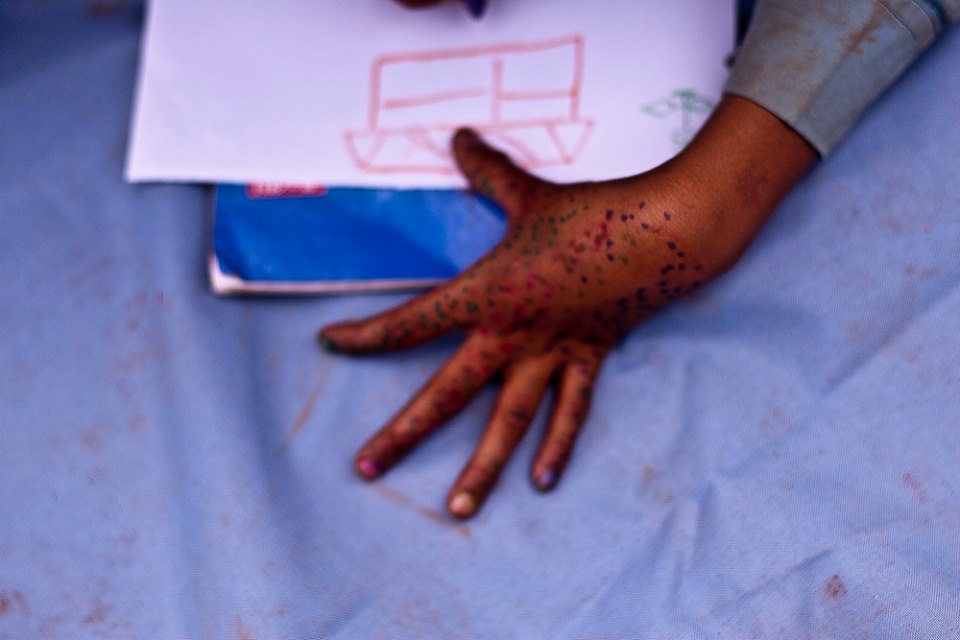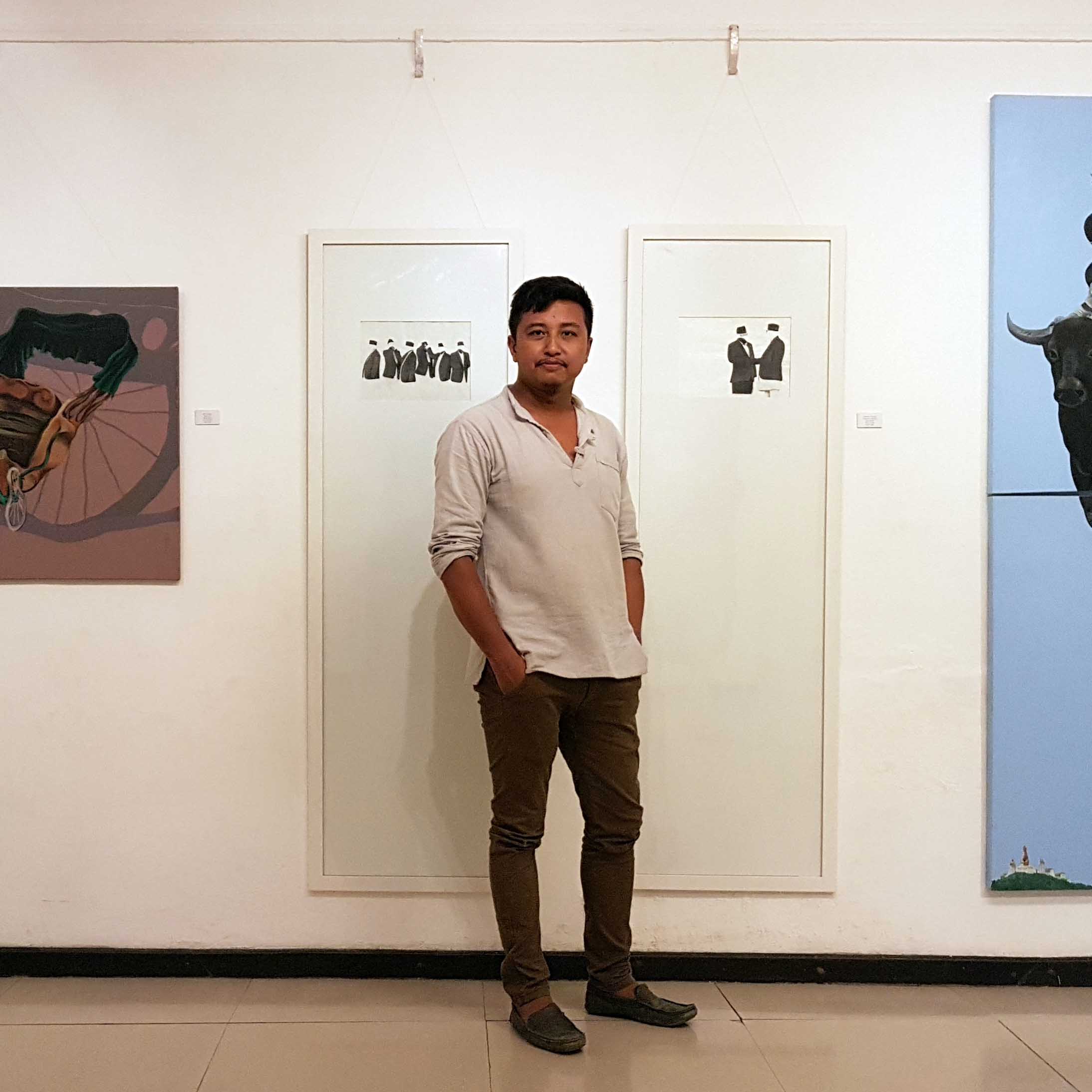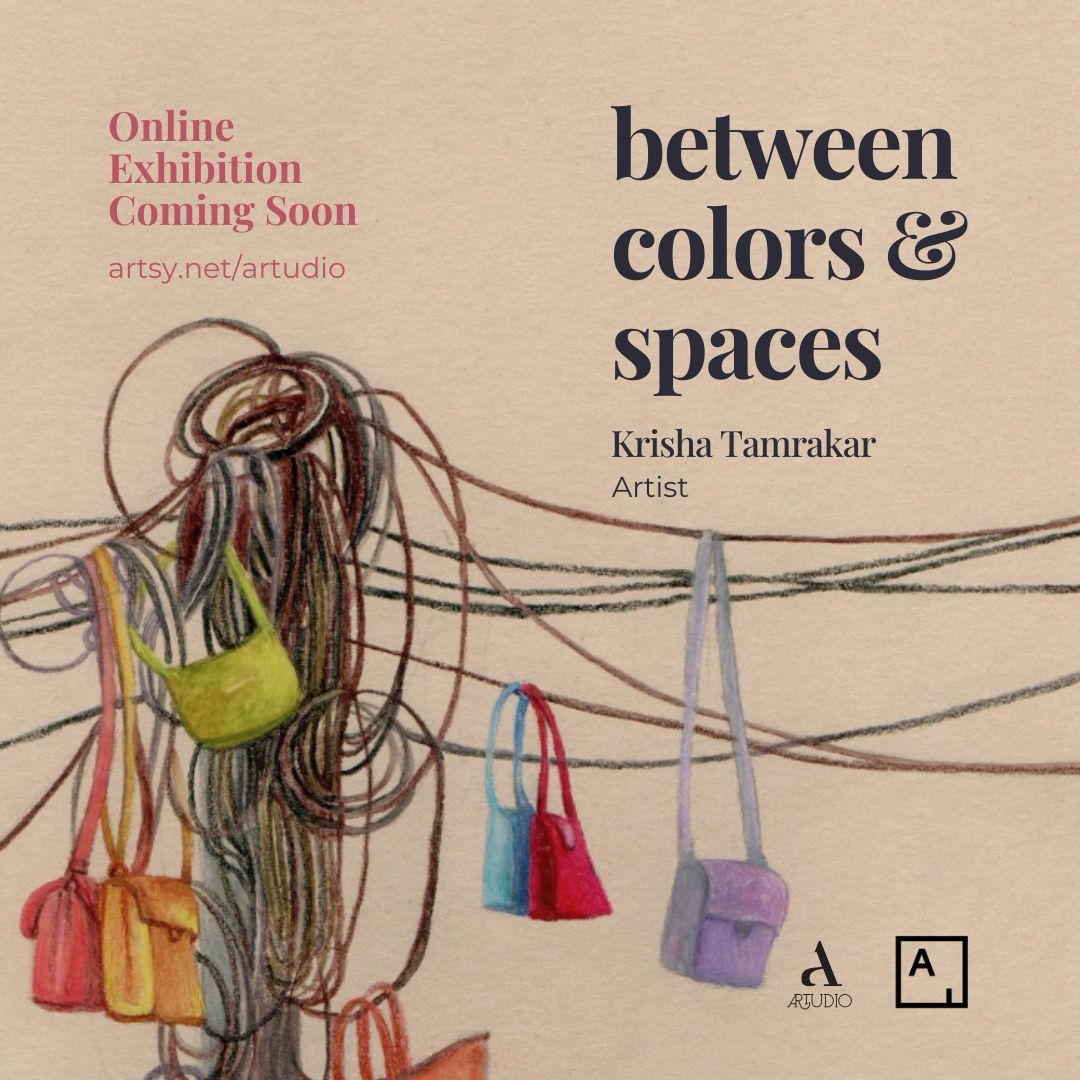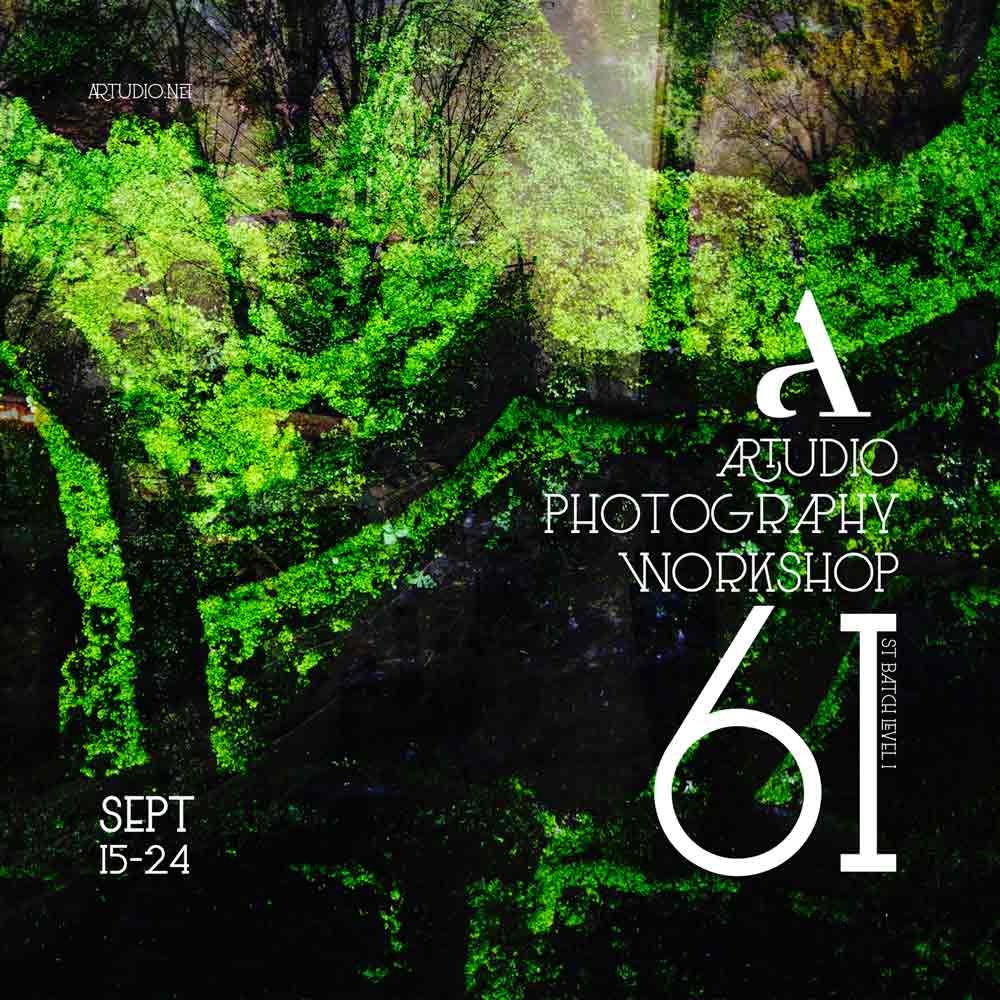Using art as a catalyst for healing in a society that continues to stigmatise mental health issues
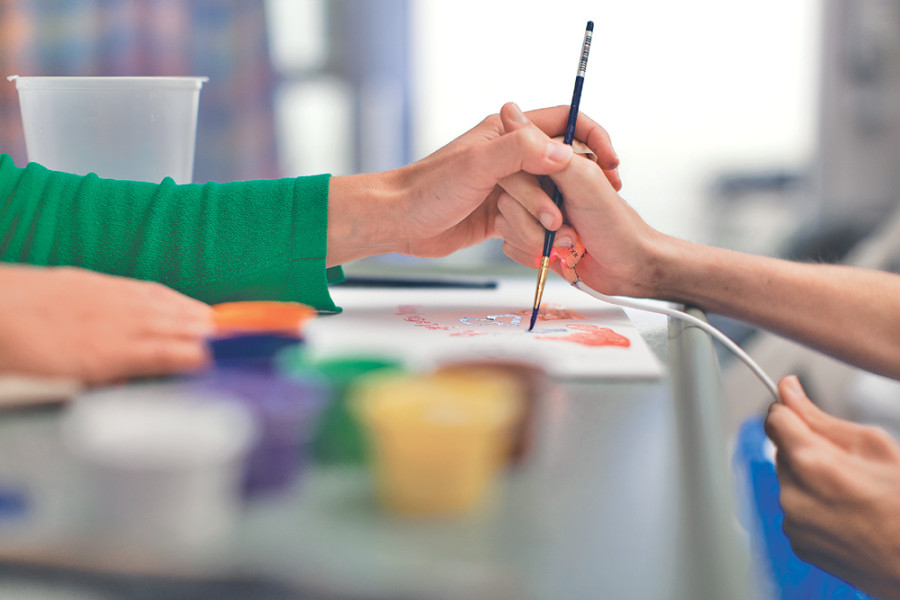
Sujan G Amatya
Published at : August 6, 2016 Updated at : August 6, 2016 08:02
At Dr Lajja Dixit’s art therapy and counselling clinic, clients literally draw out their feelings. Tucked behind verdant greenery aflush with chirping birds, the clinic is a veritable oasis where patients begin to unpack their thoughts and channel them as meaningful expression. Yet far too often, their words fail them—their traumas run too deep and the sceptre of stigmas loom overhead like a mariner’s albatross.
“Even in this day and age, therapy is not widely-sought after in Nepal,” says Dixit, who has 15 years of experience in the field, “There still is a strong misconception that only ‘crazy people’ go to therapy. Just the thought of seeking out professional help is treated as admission to madness.”
Popular media like the movies One Flew over the Cuckoo’s Nest and Good Will Hunting paint an unrealistic picture of what therapy sessions look like. Therapy doesn’t have to be an intense back-and-forth punctuated by Eureka moments. Instead, it is mostly as simple as talking about your day and the little things that bother you. When done in a safe and non-judgemental environment, these simple acts alone can go a long way. But when even that fails, Dixit turns to something even simpler—art.
Today art therapy is practiced around the world in a wide variety of settings, including hospitals, psychiatric and rehabilitation facilities, wellness centres, forensic institutions, schools, crisis centres, senior communities, private practices, and other clinical and community settings. From refugees stranded in Europe, to victims of sex trafficking in Chile, art therapy has been helping people express themselves, explore their emotions, deal with traumas, manage addictions, and improve their self-esteem. Decades of continued research have shown that art can have a profound impact on a person’s physical and psychological well-being. It helps alleviate stress and anxiety, releases anger, induces calm, and enhances mindfulness. Researchers have found that colouring within an outlined structure help contain and organize feelings of distress and helplessness. Art historians believe that even the revered Vincent Van Gogh painted some of his most memorable pieces while in therapy, where it helped ease his depression.
Despite the social stigmas attached to mental health and therapy, Nepal too is slowly making inroads into using arts as a means for therapy and counselling. During the True Stories Project, undertaken by the Siddhartha Arts Foundation, victims of trafficking, for a change, were asked to draw about their lives. And though the beginnings were laboured, the series of paintings done by the participants almost always followed a format—first they painted about conflict, then almost invariably they painted of happy endings. The drawings may or may not have been accurate to their lives and experiences, but it gave valued insight into their thought processes.
“It will always come out sub-consciously”, says Dixit. According to her, almost always patients begin with chaotic and disturbed scribbles but as they continue to process their inner thoughts through the drawings, even slight changes in expression and demeanour of the characters being drawn speak volumes about their inner and outer journeys. “It is particularly helpful for those who have undergone massive traumas that oftentimes can be hard to express through words,” she says.
Following last year’s quakes, many organisations recognised how important art could be in healing a scarred nation. If aid organisations went into devastated communities with truck loads of food and tarps, other organisations, like Srijanalaya, travelled to schools and villages armed with paint brushes and musical instruments. “Everyone needs to be aware that there are more ways of communicating than just writing and talking,” states Sunita Maharjan, one of the artists with Srijanalaya, who through their work in struggling communities like Gatlang, Rasuwa are promoting the inclusion of visual and performance arts into school curriculums.
According to her, the effects were immediate. Through art, survivors of the earthquakes addressed the loss of their loved ones and shared stories of their grief. “Art adds a new layer of perception and perspective”, says Maharjan, since some do not have extensive vocabulary to express themselves or are introverted by nature. It gives them a much needed outlet, which is creative and effective. Sharareh Bajracharya, founder of Srijanalaya, adds: “This is not official art therapy, but at least there were smiles in a place plagued by grief.”
The process of art therapy is so simple that anyone might call themselves an “expert” and administer it, to varying degrees of success. But Dixit warns that “art therapy is like opening a can of worms, and even the deepest feelings, hidden from the patients themselves, come to the surface. That is what the therapy has to address and provide closure to.” An experienced therapist, says Dixit, would also know to not discriminate against issues and value all inputs equally.
A true art therapy session begins with calming the individual down. In Dixit’s case, she utilizes classical music of David Nevue, and gives a theme for the client to draw. The therapist continues talking, even during the drawing period. The session can last up to three hours, and can even be continued for weeks, until the latent issues have been addressed. Professionals can pinpoint the tacit undertones and start the healing process.
“We must continue practicing and talking about it,” states Kailash K Shrestha, founder of Artudio and a strong advocate of art therapy, “but before that, mindsets must change.” He adds that people must stop thinking that they are damaged if they undertake art therapy, and must acknowledge the help it has given them. It is through this word-of-mouth that the stigma can be broken, even after policies are made. This acknowledgment can also help the client gain closure with their problems, which according to Dixit is the quintessential goal of any therapy.

But even as art therapy continues to help countless people across the world, Nepal still lags far behind. The latest iPhones may get shipped to the country within weeks, but breakthroughs in mental health do not. Advocates like Dixit and Shrestha believe that given the trial-and-tested benefits of art therapy, there needs to be concerted conversations at the national level about the value of art as therapy and its inclusion in the education system. And if the conversations are too complicated, stakeholders can always sit together and draw about it.
(Amatya is the founder of Collab Inc, and a Project Associate at the Siddhartha Arts Foundation)
Source: https://kathmandupost.com/miscellaneous/2016/08/06/when-words-fail

